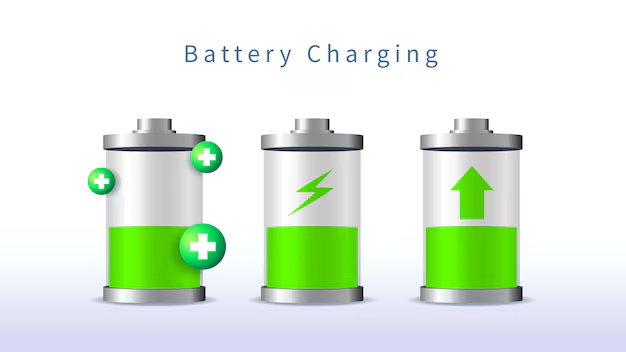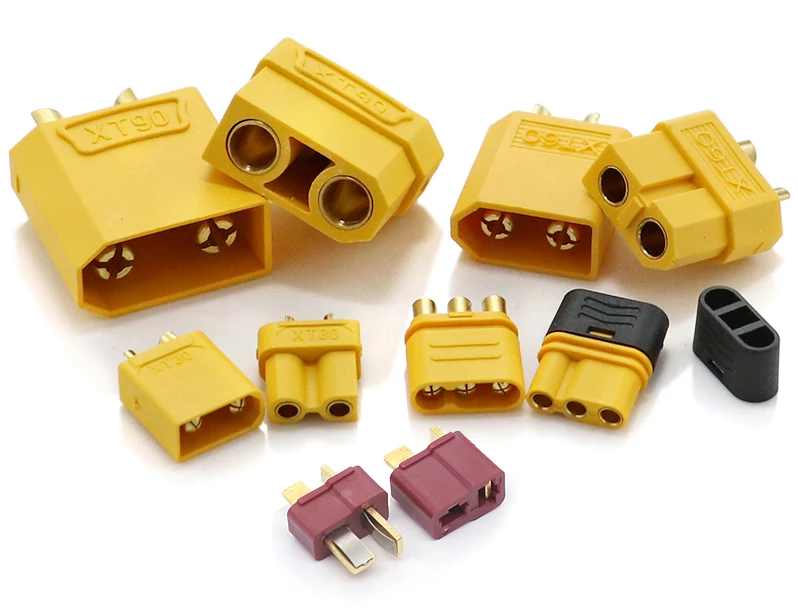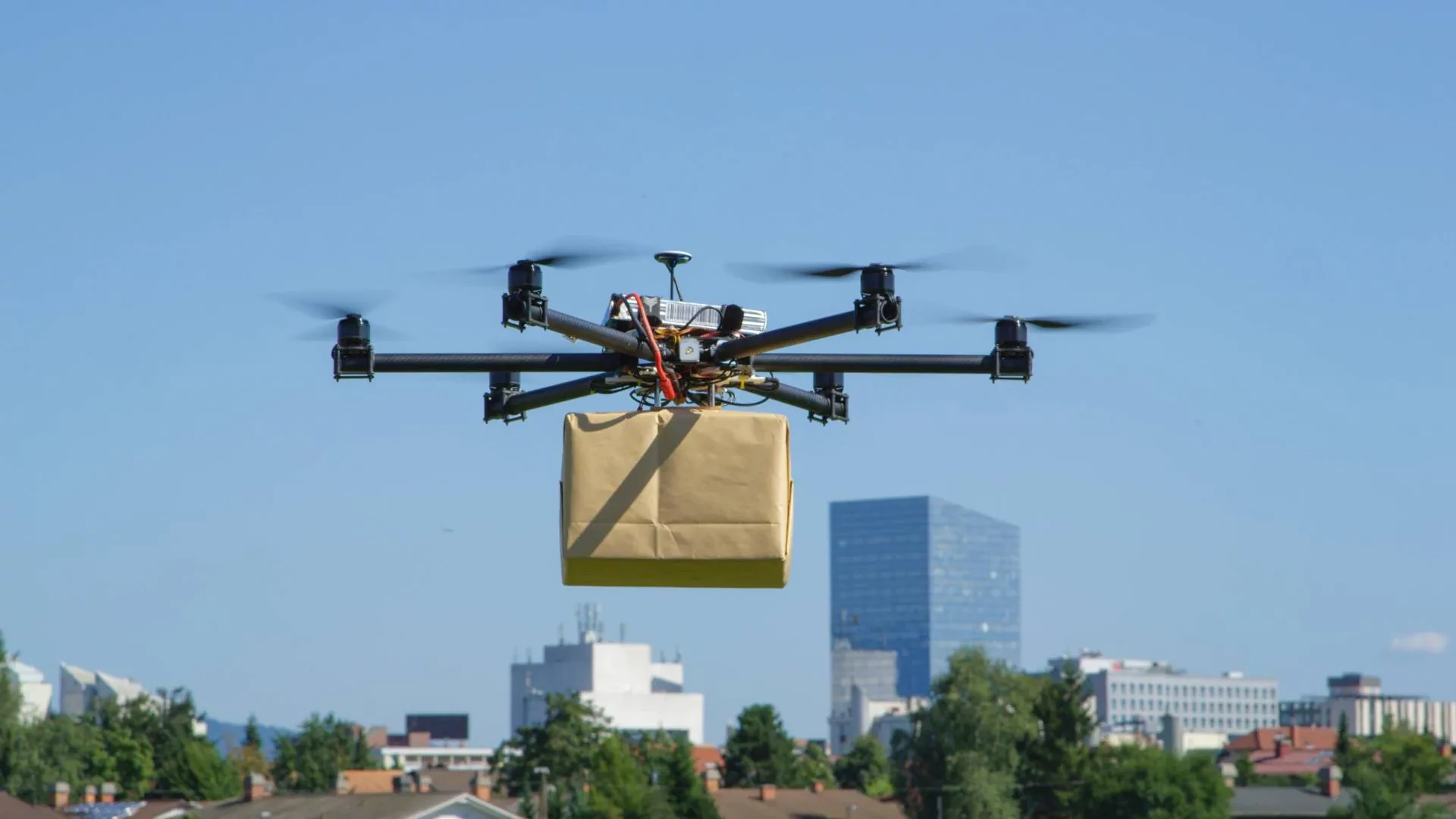The Ultimate Guide to Choosing the Best Drone Batteries – The Most Common Types of Drone Batteries
What are the most common types of drone batteries? What characteristics do they have? Which application scenarios are they suitable for? How do they differ when compared?
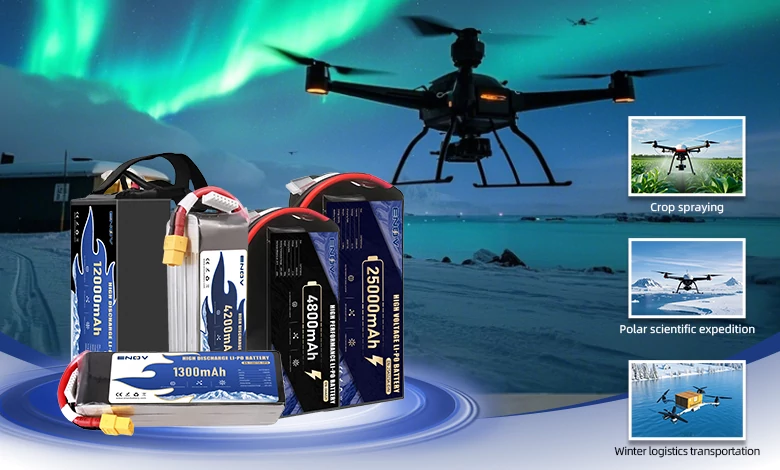
ENOV High-Energy drone batteries power industrial and commercial drones. Delivering 220–320 Wh/kg energy density, they enable long flight times (30+ mins) and support fast charging (2C). Perfect for aerial photography, surveillance, and delivery drones.
Currently, the most common types of drone batteries in the market are lithium-polymer batteries and lithium-ion batteries.
Lithium-polymer batteries:
Characteristics: High energy density, high discharge rate, low self-discharge rate, compact and lightweight structure, customizable size and shape, long flight time;
Application scenarios: Racing/crossing drones, aerial photography drones, military drones, and multi-rotor drones.
Lithium-ion batteries:
Characteristics: High energy density, long cycle life, low self-discharge rate, high charging efficiency, stable output power, safety and stability;
Application scenarios: Long-endurance fixed-wing drones, logistics drones, industrial inspection, and low-temperature environments.
Lithium-polymer (LiPo) cells are the dominant power source in modern UAVs. Even high-end products, such as Enovbattery’s lithium-cobalt-oxide packs, are classified as LiPo chemistry. A single LiPo cell has a nominal voltage of 3.7 V and a fully-charged terminal voltage of 4.2 V. Their superior gravimetric and volumetric energy densities, high discharge capability, low self-discharge, lightweight architecture, and extended flight endurance make LiPo batteries the preferred choice across the full UAV spectrum—from compact consumer quadcopters to large professional-grade platforms.
1. Lithium-polymer Batteries
1.1 Characteristics:
① High energy density: Using solid or gel-like polymer electrolytes, with a compact structure, it has a higher energy density and can provide longer flight time for drone equipment;
② High discharge rate: It can realize rapid energy release, with a discharge rate of up to 60C or even 70C, providing power for drone takeoff and endurance, especially suitable for application scenarios of drones requiring explosive energy;
③ Low self-discharge rate: The battery loses power slowly when stored, which can better store power and facilitate reuse after storage;
④ Compact structure and light weight: Adopting stacking technology, no additional diaphragm is needed, and it uses a lightweight aluminum-plastic film soft package, so the weight is light;
⑤ Customizable shape and size: High production flexibility, and the size and weight of the battery can be customized according to customer needs;
⑥ Long flight time: The high energy density and light weight extend the flight time of the drone.
1.2 Application scenarios:
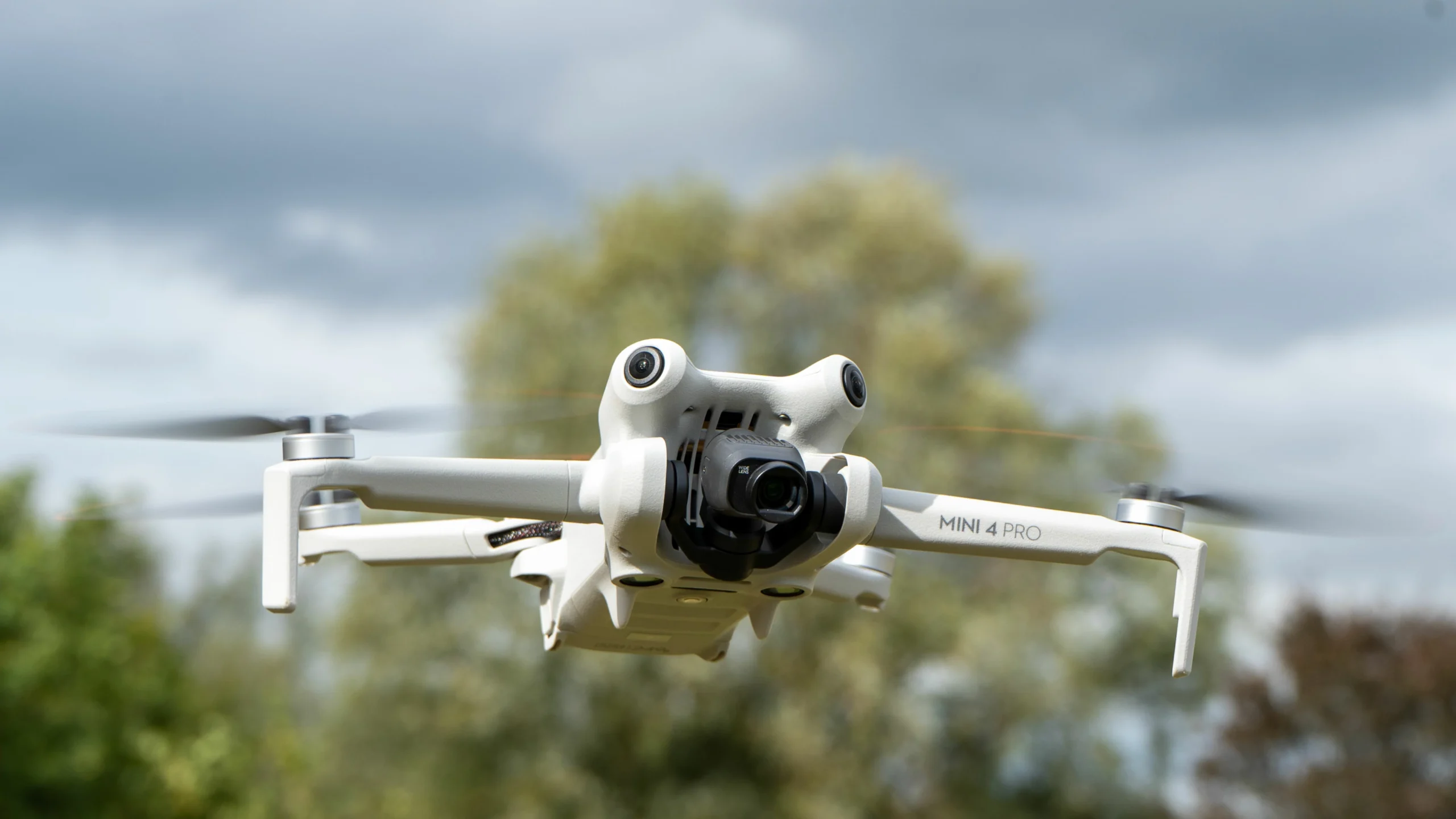
aerial photography
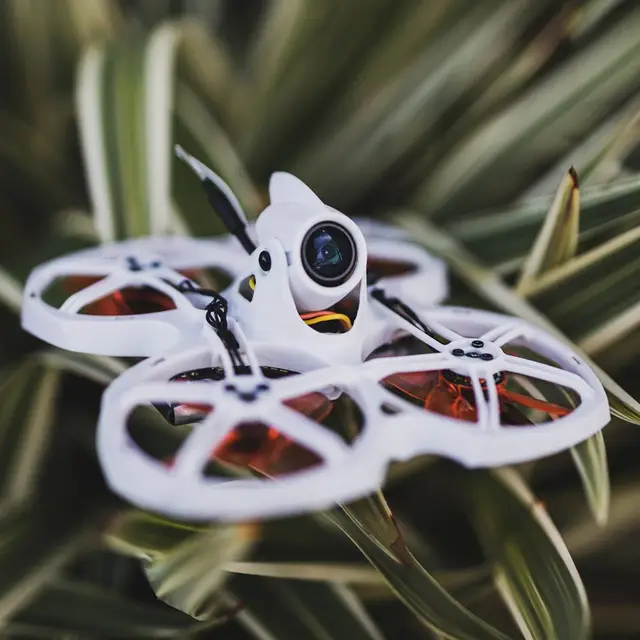
Racing/crossing drones
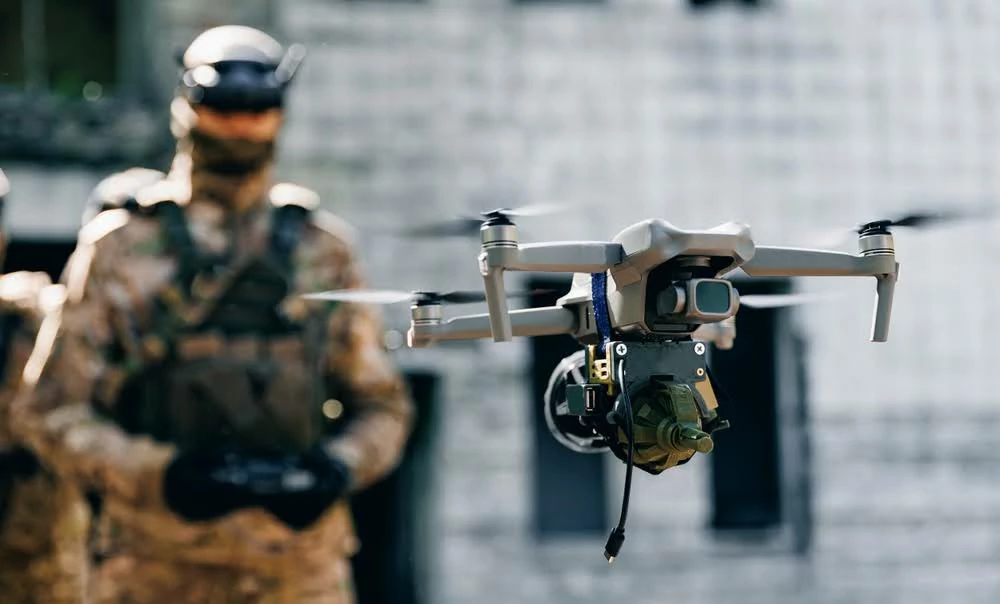
military drones
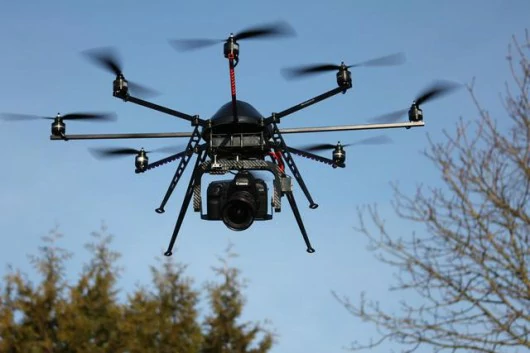
multi-rotor drones
1.3. Notes:
① Lithium-polymer batteries are sensitive to physical damage. Although they are not easy to explode, they are prone to swelling and catching fire. They require thermal management, so attention should be paid to charging, discharging, and safe storage;
② Lithium-polymer batteries have extensive customized services, which provide customers with differentiated services but lack unified quality standards.
2. Lithium-ion Batteries
2.1 Characteristics:
① High energy density: The energy density is usually 150-250 Wh/kg, which is generally not as high as that of lithium-polymer batteries, but it can also meet the needs of long-endurance drones;
② Long cycle life: It can withstand more charge and discharge cycles, reducing the frequency of frequent battery replacement and having durability.
③ Low self-discharge rate: It can maintain power during long-term storage, and the rate of power loss is slow, which is suitable for equipment used in seasonal changes.
④ High charging efficiency: Short charging time and less energy loss;
⑤ Stable output power: It can provide stable power during discharge, suitable for drone application scenarios that require stable power output;
⑥ Safety and stability: It adopts an integrated circuit and has protection functions such as overcharging, over-discharging, and overloading; In addition, the shell of lithium-ion batteries is relatively strong and has better resistance to physical damage.
2.2 Application scenarios:
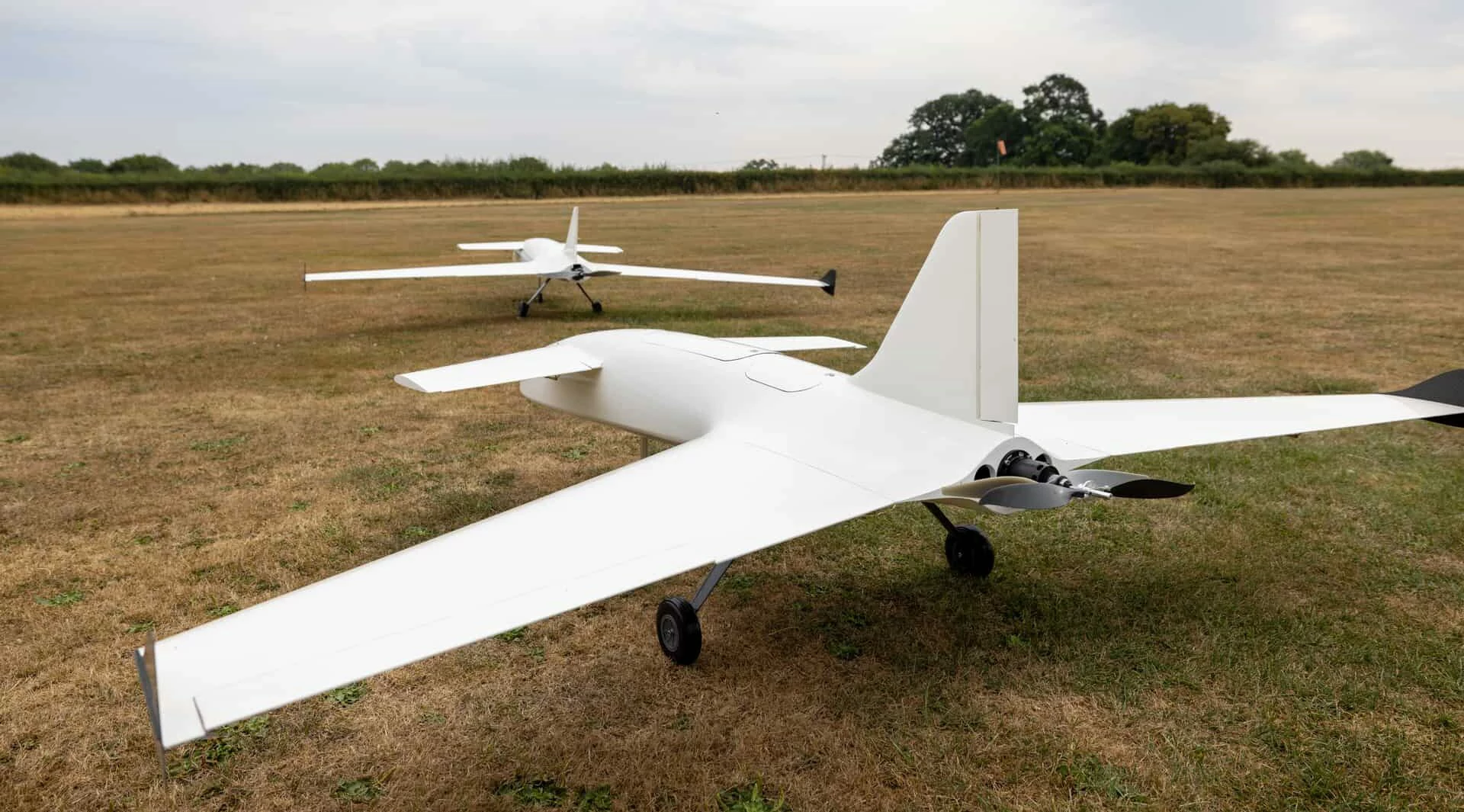
Long-endurance fixed-wing drones
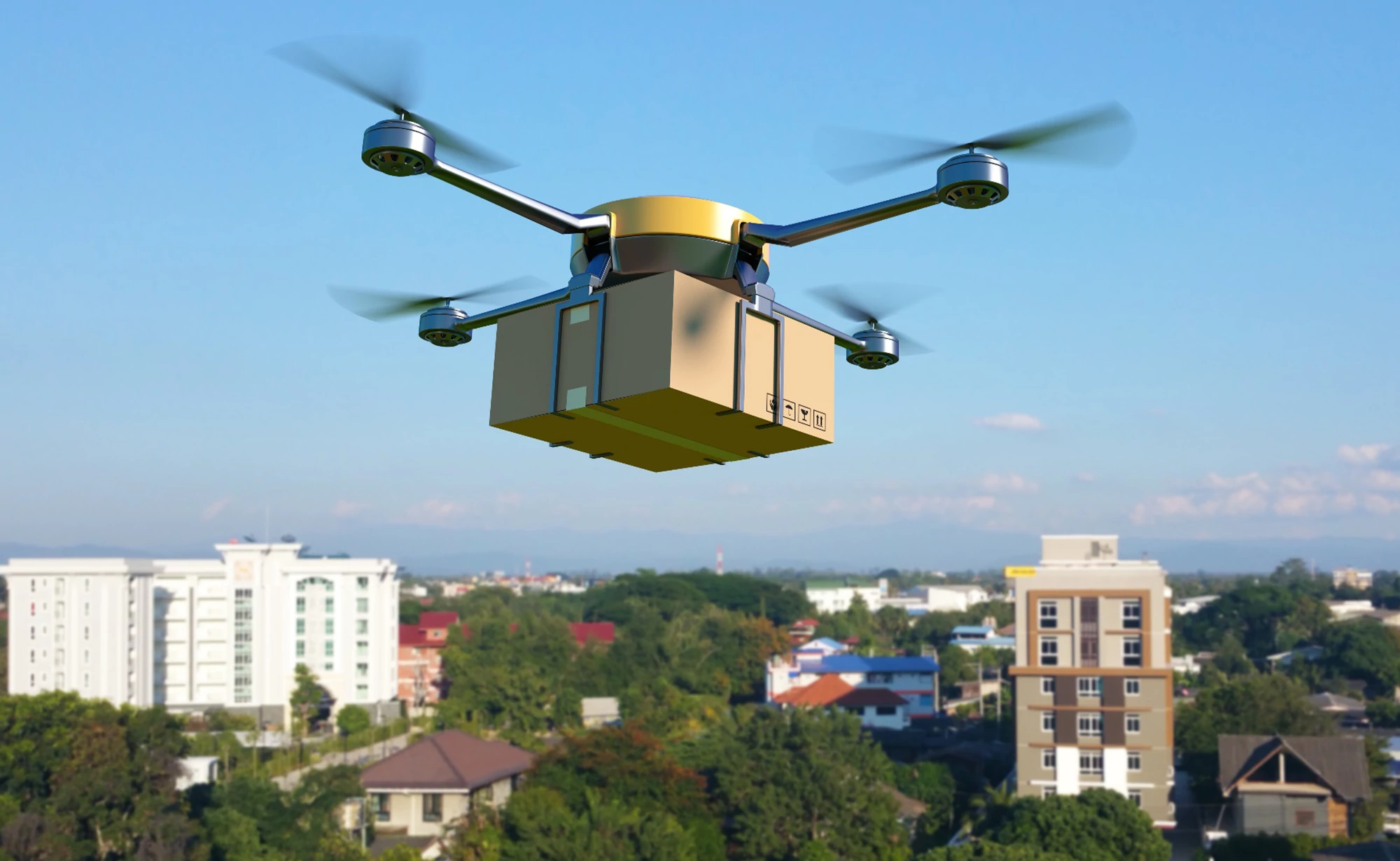
logistics & delivery
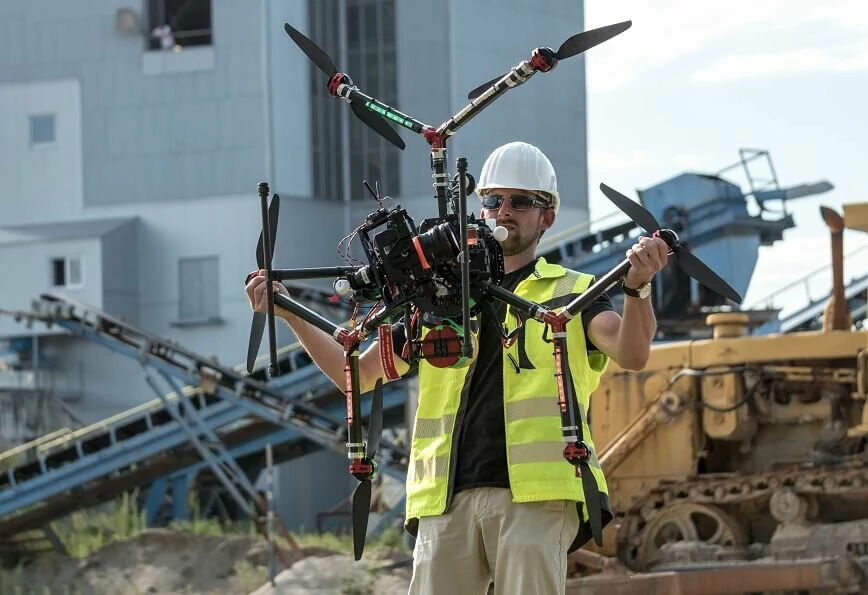
industrial inspection
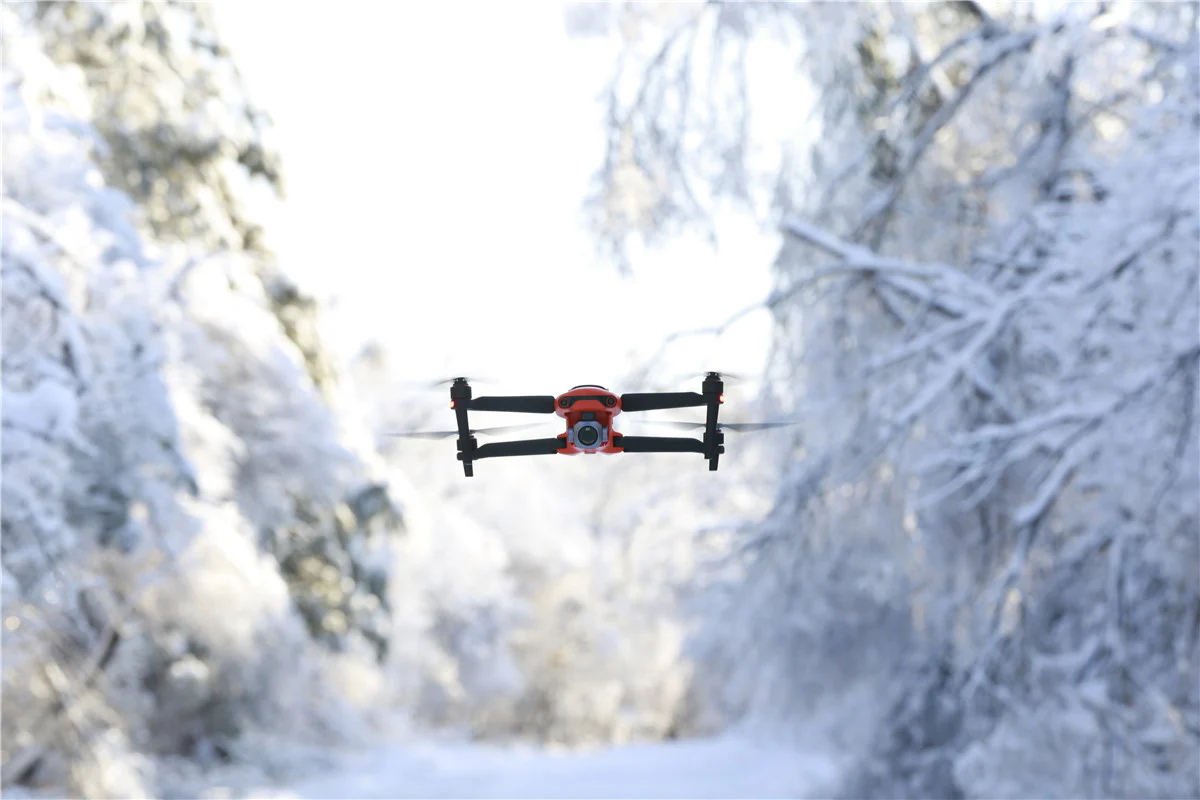
low-temperature environments
2.3 Notes:
① Due to their materials and structure, lithium-ion batteries are heavier than lithium-polymer batteries, which has an impact on the effective load and flight duration of drones;
② In terms of high output power, that is, discharge rate, their performance is not as good as that of lithium-polymer batteries, so they are not suitable for application scenarios requiring high power output.
Quick inquiry
Drop us a line, and we’ll get back to you within 24 hours.

Ariana Yuan
Digital Operations Manager
Website Planning|Marketing Project Management for Drone Batteries|Scheduled Content Refresh|SEO Optimization

Ariana Yuan
Digital Operations Manager
Website Planning|Marketing Project Management for Drone Batteries|Scheduled Content Refresh|SEO Optimization

